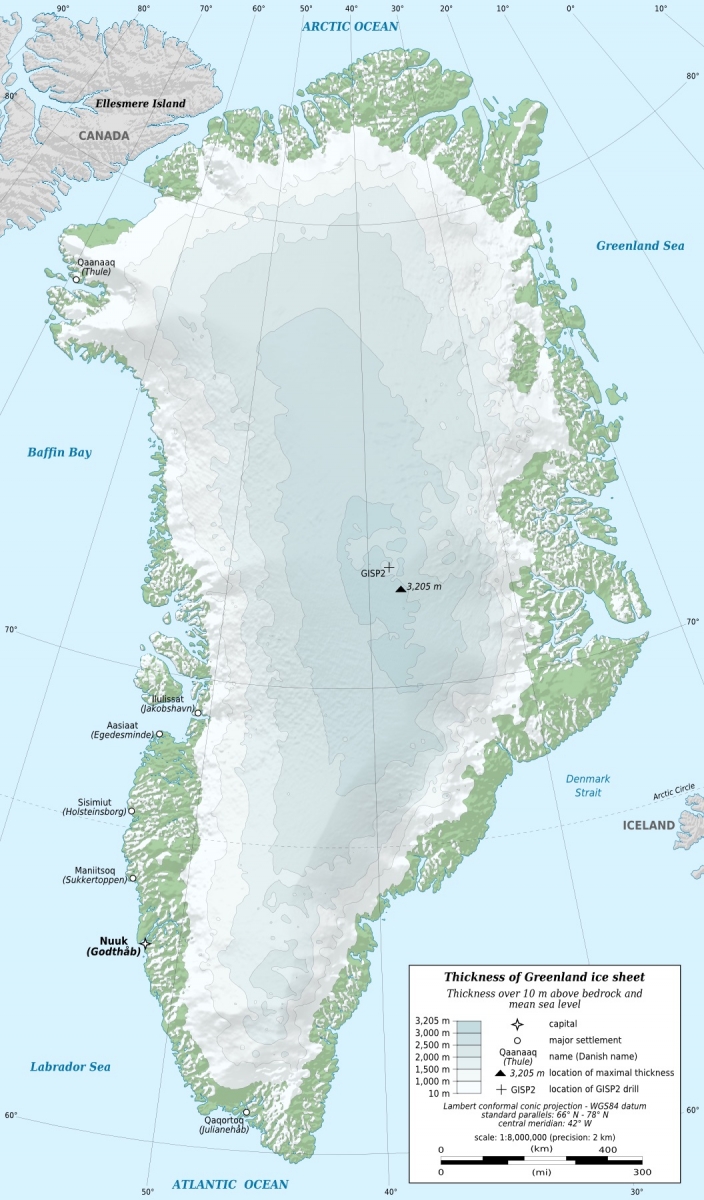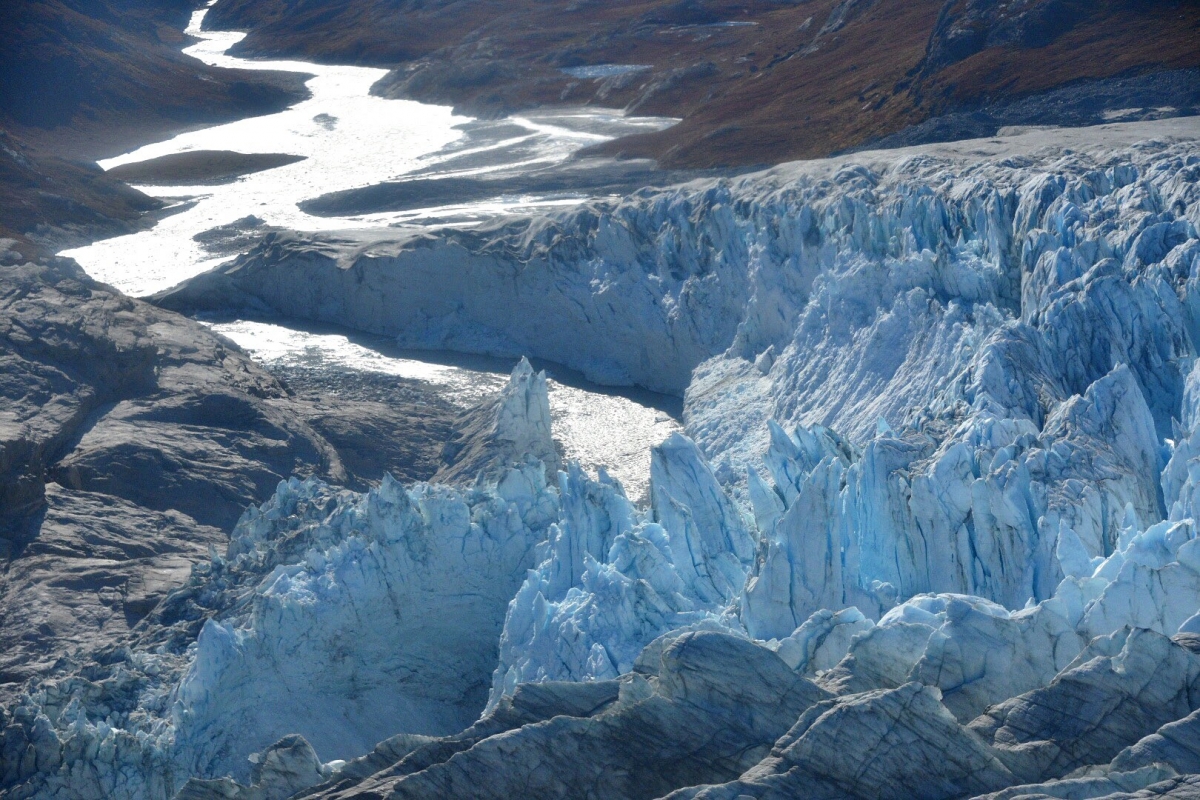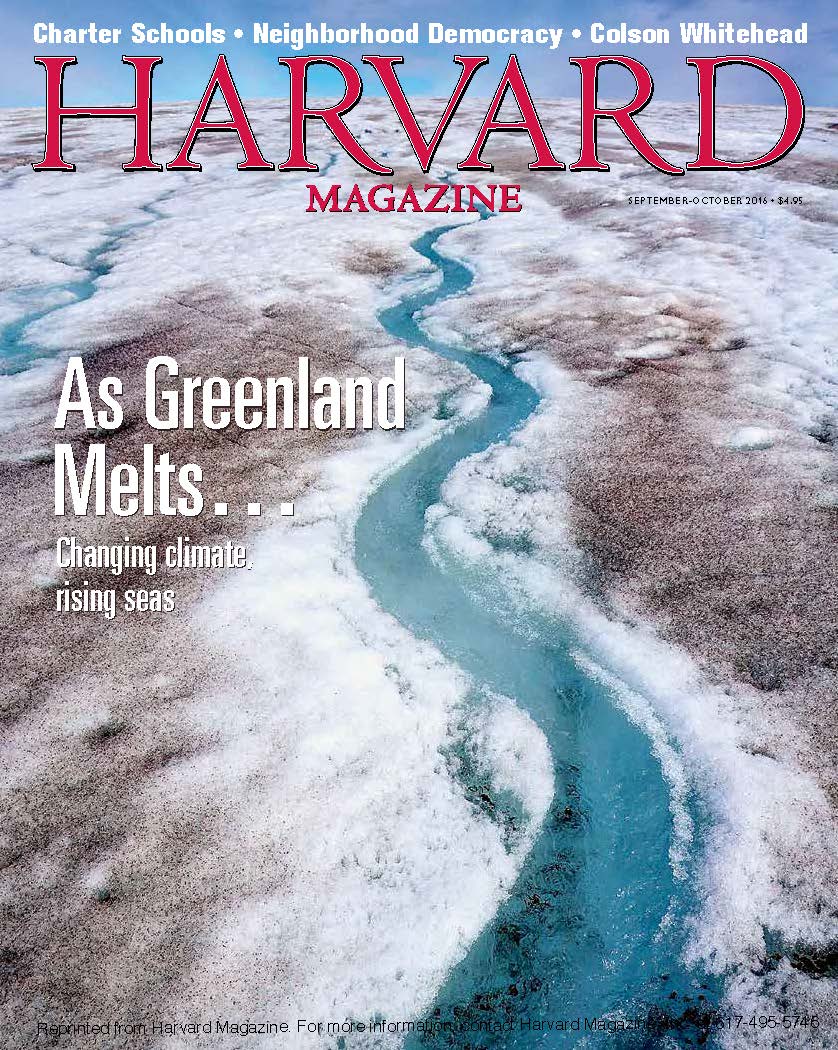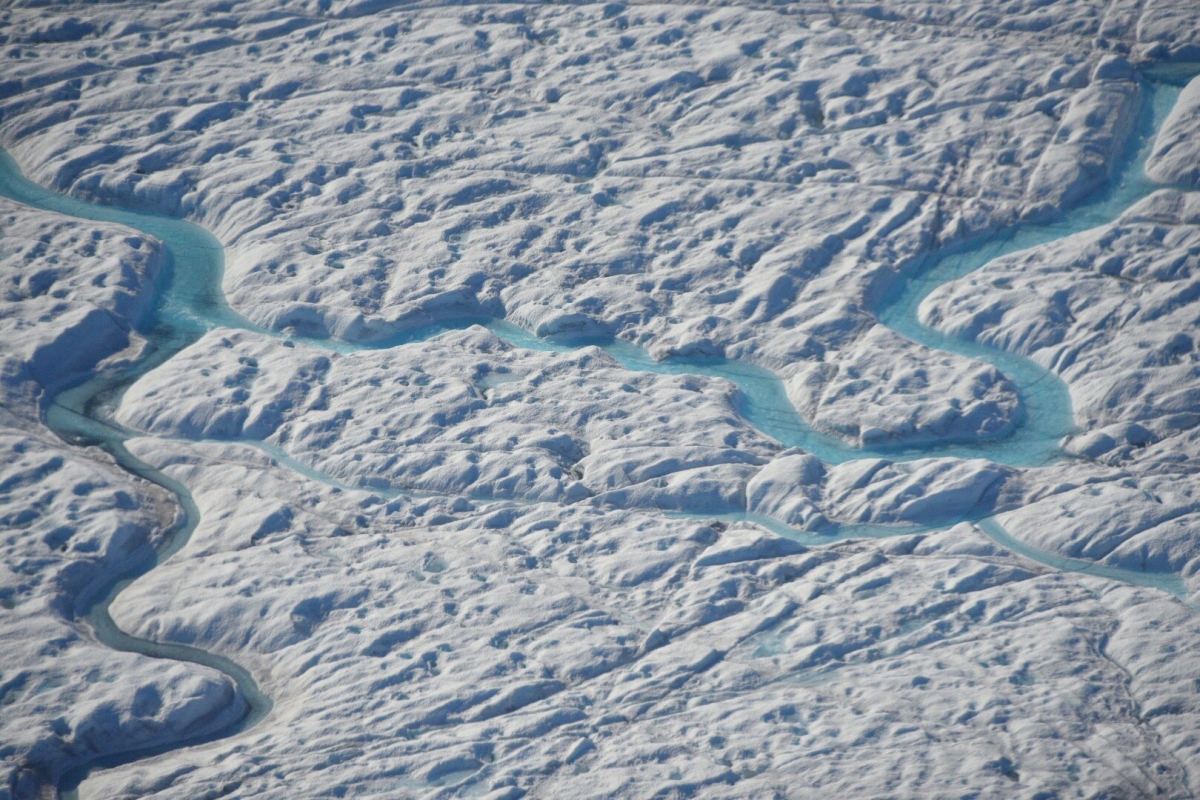What Happens in Greenland Doesn’t Stay in Greenland – Part 3 of my report
 Greenland is far from mind for most people. Given the cold truth that the fate of coastlines all over the world depends on what is happening there, it is probably good to have some understanding.
Greenland is far from mind for most people. Given the cold truth that the fate of coastlines all over the world depends on what is happening there, it is probably good to have some understanding.
(BTW, my apologies that this part three of my rGreenland eport is a week later than expected. It has been busy since my return, giving several important briefings and keynotes, and now my attendance at the Toronto International Film Festival)
As described in Part 1, Greenland is getting greener and grayer, the glaciers are receding significantly, and in Part 2, “Titanic Disasters Ahead” the risk of ships hitting icebergs is almost certainly going to get worse.
In the current phase of global warming, causing the ice to melt and the seas to rise, Greenland is now “ground zero” the cause of the greatest amount of sea level rise, likely for decades to come.
Somewhat surprisingly, the effects of the melting ice for Greenland are entirely different than almost everywhere else in the world.
Greenland holds about 10% of the ice on land. If it all, melted global sea level would rise about 24 feet (7+ meters). Though that could not fully happen for centuries, even the current melting poses problems for all coastal communities now.

With only 56,000 population and an area three times larger than Texas, it is the least densely populated continent on our planet. (btw, Antarctica has no citizens or full time residents so does not fit in the same comparison)
Somewhat surprisingly, there are a few reasons that the effects of rising sea level are not perceived on Greenland as the same kind of problem as in the rest of the world:
First, given that Greenland is so cold most of the year and there is so much ice, at some level, many people on Greenland associate warming with more temperate, perhaps comfortable climate and in some ways, maybe not such a bad thing. I do not suggest they are glad the ice is melting due to climate change, but the spectre of it is different. To be clear, the impact on the indigenous cutlures is actaully extremely disruptive.
From a practical standpoint, Greenland stands to gain a lot more useable land as the ice melts and the sea rises. Most of Greenland has a steep, rocky shoreline. Even when sea level rises, it will not take much coastal land, so they do not associate higher sea level as a major threat to the coastline — in sharp contrast to relatively ‘flat’ areas like the Maldive Islands, Florida, Bangladesh, Vietnam, just to cite a few examples.
With the giant ice sheet covering more than 80% of their huge island, they will actually GAIN much more useable land as the ice sheet retreats, land that has been covered by ice for thousands of years, land they will be able to use for farming, etc. So the net effect is that the melting ice creates more land for Greenland — the only nation in the world with that situation.

Even more strange, as the weight of the ice on the island is redistributed around the world’s oceans, there is an effect for most of the rise to occur farther away, with the ocean near Greenland falling somewhat. This research is continuing to be refined — the topic of the Harvard story — but in fact is not really a new concept in the scientific community. (In fact i described the phenomenon in my book High Tide On Main Street — page 83 to be exact.)
Amazingly, the sea around Greenland will not rise substantially until the ice on Antarctica melts substantially, which will have a similar effect to raise sea levels proportionally even higher, farther away — bringing the higher levels to the North Atlantic, including Greenland.
Sometime in the coming years, Antarctica will overtake Greenland in terms of impact on rising sea level. The southern continent olds seven times the ice as it’s northern counterpart, enough to theoretically raise global ocean height about 185 feet (56 meters). For now, the melting of the glaciers on Antarctica is not nearly as advanced as Greenland. While there are thousands of experts monitoring Antarctica for signs of change, for the moment, ‘all eyes are on Greenland’ since that is where the melting ice is visible and bold.
Thus, it is a real truth to say that the melting that is happening in Greenland will not stay in Greenland. The meltwater will have global impact, and disproportional less effect at the source.
Within the next day or two, I expect to have the 4th part of my report posted. “As Greenland Melts, International implications: Cooperation or Conflict?”


